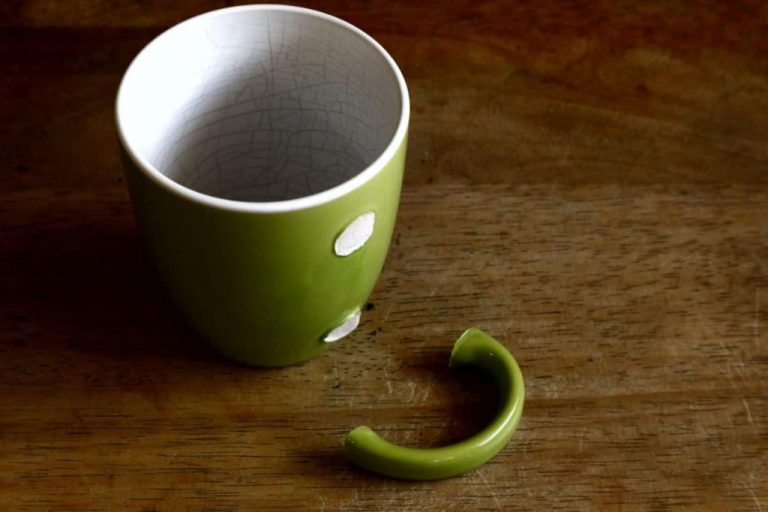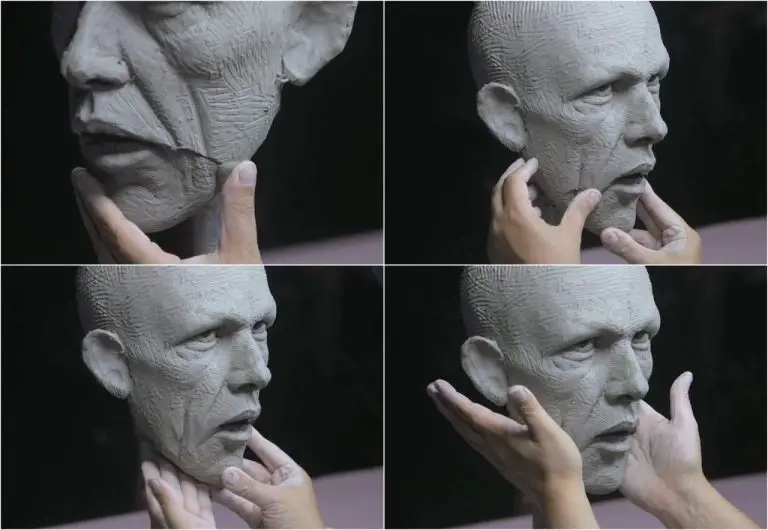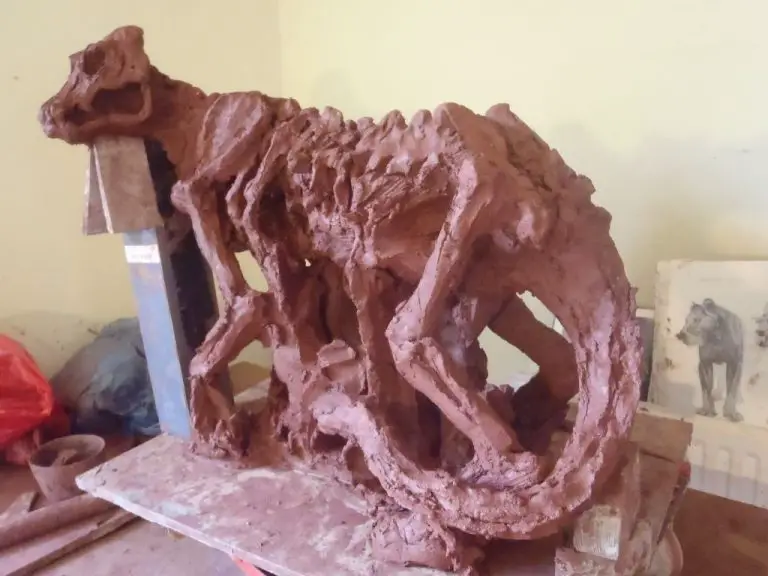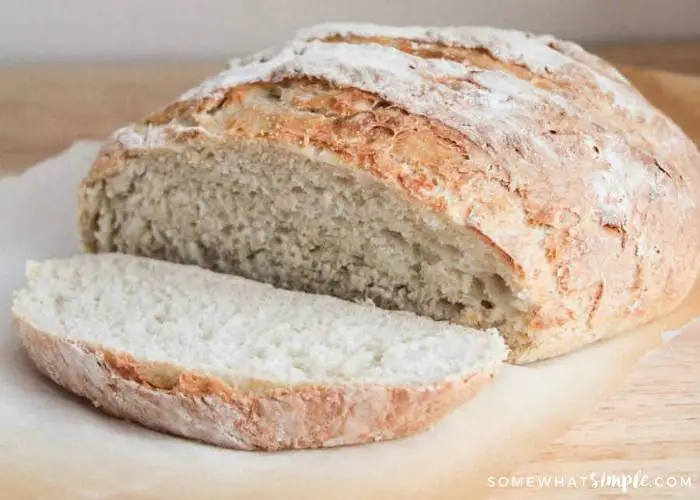What Is The Best Type Of Coffee Mug?
When choosing the best type of coffee mug, there are a few key factors to consider. The ideal coffee mug should keep your beverage hot for as long as possible, be comfortable and easy to hold, durable enough for daily use, and allow for easy cleaning. The most common materials for coffee mugs include ceramic, glass, stainless steel, and plastic. Ceramic and glass mugs retain heat well but can be fragile. Stainless steel mugs are extremely durable and portable but may not keep coffee as hot. Plastic mugs are affordable and durable but may impact flavor. The shape, size, handle style, lid, and any extra features can also influence the functionality of the mug.
This article will provide an overview of the pros and cons of different coffee mug materials, sizes, shapes, lids, handles, and features to consider when choosing the best type for your needs.
Materials
The material a coffee mug is made from directly impacts its functionality, durability, and style. The most popular materials for coffee mugs include ceramic, glass, stainless steel, and plastic. Each material has their own advantages and disadvantages.
Ceramic mugs, made from porcelain or stoneware clay, are known for excellent heat retention to keep coffee hot for longer. Ceramic is an insulating material that can withstand high heat. However, ceramic mugs are prone to chipping or breaking if dropped. They can also gradually absorb stains and odors over time. Some popular ceramic mug styles include diner-style mugs and decorative mugs. According to this source, porcelain mugs especially are praised for heat retention.
Glass mugs allow you to see the color of your coffee and show off layered drinks like lattes. They do not hold heat as well as ceramic, but they are impervious to stains and odors. Glass mugs are also fragile and prone to breaking. Insulated glass mugs with double walls help improve heat retention. Glass mugs with silicone sleeves also protect against burns.
Stainless steel mugs are highly durable, resistant to chips and cracks, and can keep beverages hot or cold for hours. The main drawback is that the metallic taste can alter the coffee’s flavor. However, some stainless steel mugs have coatings to prevent this. Stainless steel travel mugs are very popular.
Plastic mugs are affordable and lightweight but not as insulating or durable as other materials. They can hold onto stains and odors. According to this source, plastic mugs can leach chemicals when exposed to hot liquids and are not recommended for frequent use.
Insulation
Insulated mugs are designed to retain heat and keep beverages hotter for longer compared to non-insulated mugs. According to [Waterbottle.tech](https://www.waterbottle.tech/how-to-choose-insulated-coffee-cups-mugs-ultimate-guide/), insulated mugs have a double wall construction with a vacuum sealed air gap, which greatly reduces conductive heat transfer. This allows insulated mugs to keep coffee hot for 1-4 hours longer than a typical ceramic mug.
The level of insulation depends on the materials used in the double wall construction. Stainless steel and copper provide excellent insulation. Plastic and acrylic mugs are not as effective at retaining heat according to [BabaJavaCoffee](https://babajavacoffee.com/blog/different-types-of-mugs-and-their-pros-and-cons/).
Insulated mugs are beneficial for people who like to sip their coffee slowly and want it to stay hot for longer. The insulation also protects hands from getting burned while holding the mug. However, some people prefer non-insulated ceramic mugs because they allow the coffee to cool faster to a drinkable temperature if desired.
Size and Shape
When choosing a coffee mug, two key factors to consider are the size and shape. The mug size dictates how much coffee it can hold, while the shape impacts comfort and ease of handling.
Most mugs hold between 8-16 ounces of liquid. Cappuccino mugs and espresso cups tend to be on the smaller side, between 5-8 ounces. Traditional coffee mugs are 10-12 ounces, while large and oversized mugs go up to 16+ ounces. Consider how much coffee you typically drink to choose the optimal size.
Some common mug shapes include:
- Cylindrical – Straight walls, easy to hold and stack
- Tapered – Wider at the top and narrower at the bottom
- Curved – Rounded sides, fits the hand well
- Bell – Flares out at the top
- Tulip – Curved inward sides
Ergonomically, curved and tapered mugs tend to be the most comfortable and easy to grip. Cylindrical mugs maximize capacity but may feel bulky for small hands. The optimal shape balances comfort and utility.
According to https://deneenpottery.com/mug-styles-guide/, mug shape impacts the drinking experience and flavor perception. A wider mug exposes more coffee to air, while a narrower mug concentrates the aroma.
Lids
The lid is an important part of any coffee mug. The main types of lids are:
- Snap-on lids – These lids fit snugly onto the mug and stay in place. They help prevent spills and keep the temperature stable (1).
- Sliding lids – Sliding lids cover part of the mug opening and can slide to expose the opening. This allows for easy sipping while helping contain heat (2).
- Flip-top lids – Flip-top lids open and close with the flip of a lever. This gives easy access for drinking and can fully seal the mug when closed (3).
The right lid has multiple benefits:
- Prevents spills and splashing while allowing sipping
- Insulates to keep coffee hotter longer
- Keeps out dust and bugs when mug is not in use
- Allows mug to be sealed and shaken to blend ingredients
So choose a lid style that fits your needs. Snap-on lids work well for travel mugs, while flip-tops allow full access and sliding lids offer flexibility.
(1) Amazon.com: Coffee Mug Lid
(3) Amazon.com: Reusable Mug Lids
Handles
The handle is an important part of any coffee mug. It allows you to hold the mug securely without burning your hand on a hot vessel. There are a few main styles of mug handles to consider:
C-Handle – This curved handle forms a “C” shape and offers a good gripping surface. However, wider C handles can get in the way of the mug fitting under some coffee makers.
Straight Handle – As the name suggests, this is a straight bar handle sticking out from the side of the mug. It allows for secure gripping but has less surface area than a C-handle.
Angled Handle – Similar to a straight handle but set at an angle pointing up. This can help with ergonomics when drinking.
No matter the style, the handle needs to provide a comfortable, non-slip grip. Silicone and textured materials allow you to grip the handle firmly, even with wet or hot hands. The handle also shouldn’t get too hot when you fill the mug with boiling water or coffee.
Look for generously sized handles that feel sturdy yet comfortable in your hand. Test out gripping a floor model handle at the store. The best mug handles will make your daily coffee ritual more secure and enjoyable.
Source: https://www.oldforgecreations.co.uk/blog/mug-handles
Cleaning
One of the most important factors when choosing a coffee mug is how easy it is to clean and remove stains. Coffee and tea can leave stubborn stains inside mugs that are difficult to remove. The material the mug is made from impacts how easy it is to clean.
Porcelain mugs are prone to staining but can be cleaned using boiling water, vinegar, and baking soda. Letting vinegar or a mix of vinegar and baking soda sit in the mug for 5-10 minutes before scrubbing helps lift the stains. According to this source, boiling water and vinegar is an effective stain remover.
Stainless steel mugs are generally easy to clean. Hot water and soap or a mix of baking soda and water can remove most stains. For tough stains, boiling water and vinegar works well, or non-abrasive cleaners designed for stainless steel. One tip is to handwash stainless steel mugs after each use to prevent stains from setting.
Plastic mugs are convenient but can absorb stains over time. Letting them soak in hot, soapy water can help loosen stains. For stubborn stains, a baking soda paste left to sit for a few minutes before scrubbing helps lift stains. Avoid abrasive sponges on plastic mugs as they can scratch the surface.
No matter the material, handwashing mugs promptly after use prevents stains from setting in. Avoid letting coffee or tea sit for prolonged periods. Cleansers like vinegar, baking soda, and hot water can tackle most mug stains with some elbow grease.
Durability
One of the most important factors when choosing a coffee mug is its durability and resistance to breakage. Ceramic mugs are attractive and insulating but tend to be more fragile and prone to chipping or cracking if dropped. According to Amazon, stainless steel and copper mugs are highly durable and resistant to denting or breaking when dropped. Plastic mugs are also quite sturdy and less prone to breakage, but may not retain heat as well.
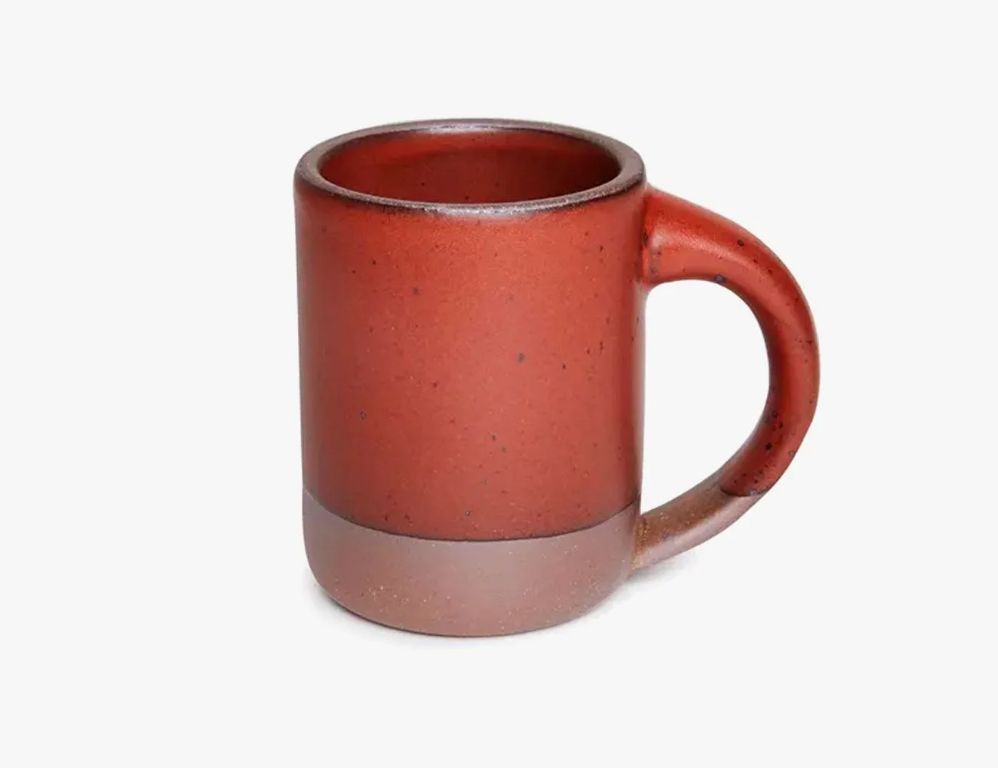
Thicker, heavier ceramic mugs with sturdy handles can withstand some impact without cracking or chipping. High-fired porcelain mugs with a smooth glazed finish are more durable than low-fired earthenware mugs. Any type of mug can break if dropped at the wrong angle onto a hard surface. For maximum durability, look for mugs advertised as “unbreakable” or “indestructible”, which are designed to withstand frequent drops without damage.
Extra Features
Some coffee mugs come with special built-in features that enhance the coffee drinking experience. One popular feature is an infuser basket or rod that allows you to steep loose leaf tea or coffee grounds directly in your mug. The infuser basket is often removable for easy cleaning. Built-in infusers eliminate the need for extra equipment like tea balls or steepers. They allow you to brew loose leaf tea or coffee and simply lift out the infuser when done steeping. Infuser mugs are great for enjoying fresh, full-flavored drinks without leaving loose leaves in your cup.
According to Wikipedia, infuser mugs were invented in the 1980s by George Samaras and feature “a vertical hollow tube with small perforations, inside which is placed the tea or tea bag, with the hot water surrounding the tube; the tube can then be lifted out once the tea has steeped.”
Other extra features sometimes found in coffee mugs include stirring spoons, thermometers, knock bars to prevent spilling, and whippers for foam. Ultimately, built-in infusers remain one of the most useful and popular extra features for tea and coffee drinkers.
Recommendations
Best Overall
The IKEA Dinera mug is the best overall option for most coffee drinkers according to Wirecutter’s review. This 10 ounce mug is made of thick stoneware that keeps coffee warm, and has a simple, modern design that fits well in most kitchens. The handle is curved for easy grip, and it is dishwasher and microwave safe (Source).
Best Insulated
If keeping your coffee hot is a priority, the Zojirushi Stainless Mug is the best insulated option according to Epicurious. This 12 ounce mug has a vacuum-insulated stainless steel construction that retains heat for hours. It has a slick steel exterior and comes in several color options (Source).
Best Ceramic
For those who prefer drinking from ceramic, the Ello Campy mug is a top choice. This 16 ounce mug is made from durable stoneware that stays warm and fits great in the hand. It comes in many fun patterns and colors to match anyone’s style. The sloped shape is designed to maintain aroma and flavor (Source).

